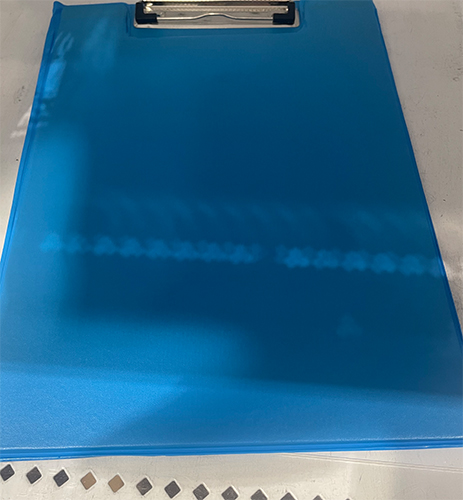 Ensuring workplace safety is paramount for any organization, and conducting regular safety audits is a key part of this process. A safety audit form is an essential tool used to assess and document the various aspects of a company's safety protocols. When creating a safety audit form, it's important to include sections that cover all relevant areas of safety, such as hazard identification, emergency procedures, training programs, and equipment maintenance. By including these elements in the form, businesses can effectively evaluate their compliance with safety regulations and identify areas for improvement.
Ensuring workplace safety is paramount for any organization, and conducting regular safety audits is a key part of this process. A safety audit form is an essential tool used to assess and document the various aspects of a company's safety protocols. When creating a safety audit form, it's important to include sections that cover all relevant areas of safety, such as hazard identification, emergency procedures, training programs, and equipment maintenance. By including these elements in the form, businesses can effectively evaluate their compliance with safety regulations and identify areas for improvement.

